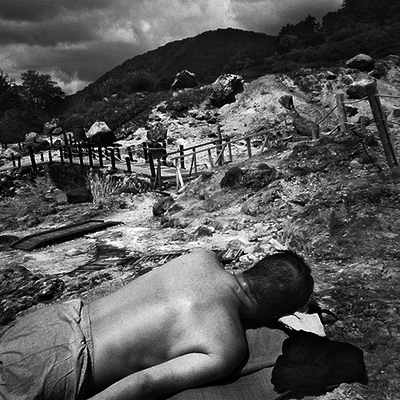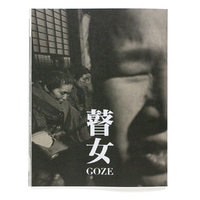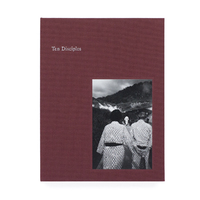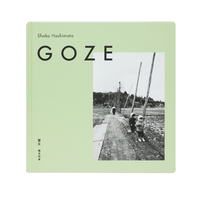This is Our Land
Zen Foto Gallery is pleased to announce “This is Our Land”, a group exhibition by photographers Hashimoto Shoko, Yamagata Tsutomu, and Kai Keijiro from October 22 to November 20.
Since ancient times in Japan, there has been a thriving faith in worshipping the gods of the land in which one lives, such as the jinushigami [tutelary deities] or chinjugami [guardian gods]. By enshrining the gods that protect their own land, people expect some kind of benefit from them. The relationship between people and the land and the form of beliefs that were nurtured over the years have changed over time — but even today — there are still places in Japan that have strong power, like a magnetic field that continues to attract people and create a great impact on the people. This exhibition will focus on the relationship between such places and people.
Hashimoto Shoko’s “Goze”, which was filmed while traveling with a group of goze — blind shamisen entertainers who went performing in various places around central Niigata Prefecture, is a very detailed depiction of the lives of the people in the land abundant with nature and their relationship with the goze. This exhibition will coincide with the publication of his 204-page photo book “Goze”, a new complete edition that includes his diary and its English translation.
After Yamagata Tsutomu’s father was diagnosed with cancer, he encountered and photographed people who gathered in Tamagawa Onsen, Akita Prefecture to find a cure for their disease in the powerful radiation emitted from the rocks buried in the mountains. Titled as “Ten Disciples”, these beautiful black and white prints were created with Yamagata’s own customized process. They depict a strange sight where the invisible and powerful energy coming out of the ground — considered harmful to living things — heals people who are ill.
In the work “Wounded Bears”, Kai Keijiro photographed the Dosojin Festival, which has been held since ancient times in Nozawa Onsen, Nagano Prefecture, and is famous for its fierce battles using fire. While the festival was originally intended to ward off bad luck and pray for good matches, it is very impressive to see the facial expressions of the villagers challenging each other in the battles, as if they are being possessed by the rage of the gods.
-
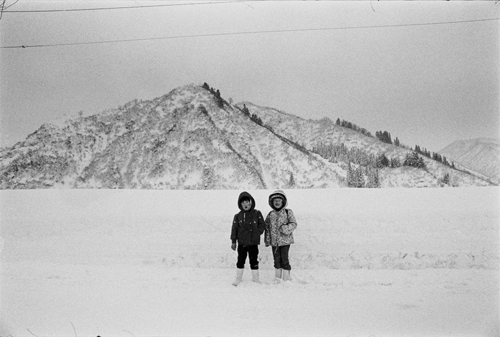 Shoko Hashimoto "Goze" 1973
Shoko Hashimoto "Goze" 1973 -
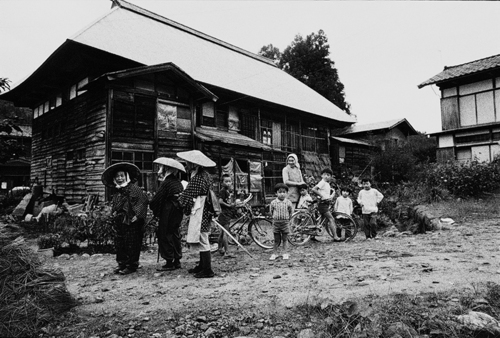 Shoko Hashimoto "Goze" 1972
Shoko Hashimoto "Goze" 1972 -
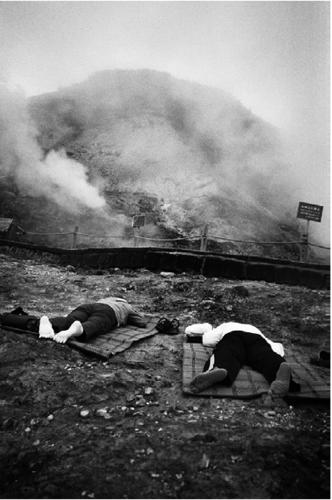 Tsutomu Yamagata "Ten Disciples" 2016
Tsutomu Yamagata "Ten Disciples" 2016 -
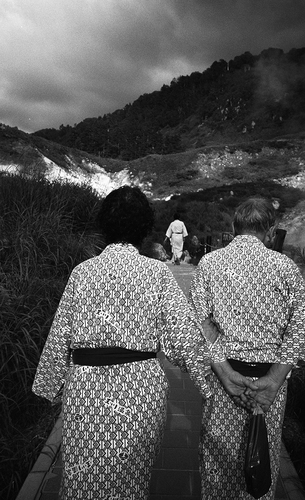 Tsutomu Yamagata "Ten Disciples" 2016
Tsutomu Yamagata "Ten Disciples" 2016 -
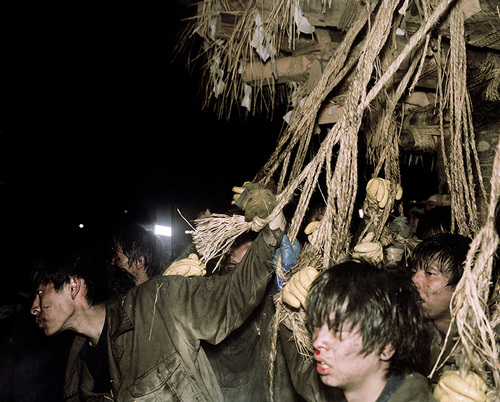 Keijiro Kai "Wounded Bears" 2015 Courtesy of The Third Gallery Aya
Keijiro Kai "Wounded Bears" 2015 Courtesy of The Third Gallery Aya -
 Keijiro Kai "Wounded Bears" 2015 Courtesy of The Third Gallery Aya
Keijiro Kai "Wounded Bears" 2015 Courtesy of The Third Gallery Aya

